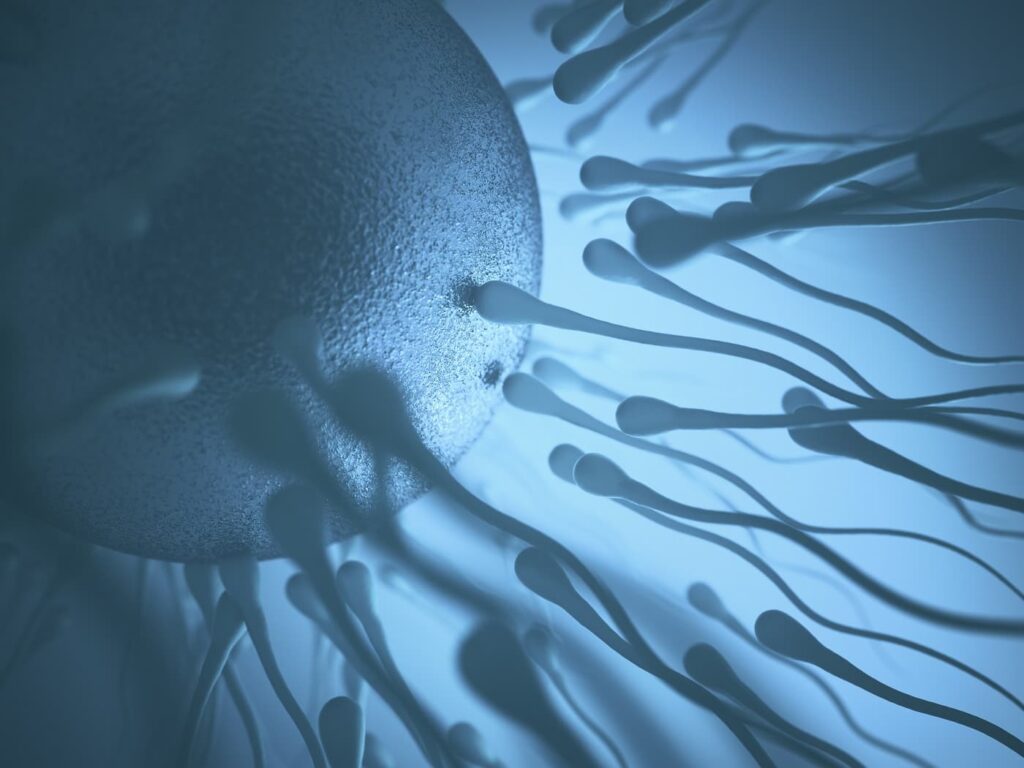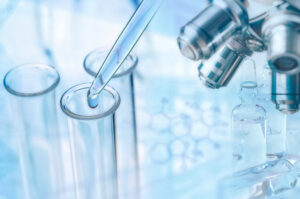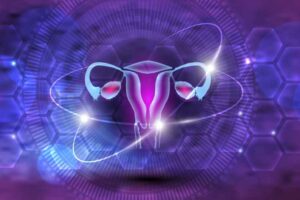Since its outbreak in December 2019 in Wuhan, China, until today when we begin to visualize that the infection by the covid-19 virus SARS-CoV-2 is becoming an endemic disease that will remain within us, tens of millions of people’s health worldwide have been affected and many died.
From the initial absolute lack of knowledge of the biology and pathophysiology of the virus, with unprecedentedly fast progress has been made in characterization, diagnosis, treatment and, above all, prevention thanks to vaccination, which, together with the evolution of the virus to increasingly less aggressive variants, led to a significant reduction in the severity of the most severe symptoms, those that put the individual’s life at risk or cause hospitalization.
One of the most perplexing characteristics of the virus is its ability to integrate and affect diverse organs and tissues therefore presenting a very varied symptomatology, as well as its persistence over time in a significant number of cases, leaving permanent or medium/long-term sequelae.
The reproductive tissues and functions are no exception, and specialists in the field have devoted considerable efforts to characterize the negative effect of covid-19 on them.
Several questions in this regard have been at least partially resolved in these two years, describing the real effect on males with respect to their fertility, although controversial results were reported at the beginning probably because of the pressure of an unusual public awareness and interest provoking rush for getting data with which to make decisions, that caused establishing protocols with little, poor or no evidence, including sometimes unverified information.
Is the male susceptible to the virus entering its genital tract?
The testis is a potential target of SARS-CoV-2 since transmembrane serine protease 2 (TMPRSS2) and the receptor angiotensin-converting enzyme 2 (ACE2) used to infect host cells have been described there, with Leydig and Sertoli cells appearing to have significantly higher expression levels of ACE2 compared to other cells.
Also, being male is a risk factor in covid-19 deaths and male patients showed higher plasma levels of innate immune cytokines.
This makes plausible to adversely affect male fertility and deserves closer investigation.
Interestingly, clinical evidence report more negative than positive results when evaluating the presence of the virus within testis of deceased men, and on papers with a proportion of positive cases, it was unclear whether the virus came from blood or testicular cells.
Thus, the possibility of SARS-CoV-2 present and disrupting testis function cannot be ruled out, but on COVID-19 patients with mild symptoms, seems unlikely or negligible.
If it does enter, how does impair semen quality and fertility?
Few studies have investigated possible path of male fertility impairment in patients with COVID-19, mainly focused on the acute phase effects rather than on mild cases or the long-term effects after recovery.
Overproduction of inflammatory cytokines induced can lead to autoimmune responses and infiltration of leucocytes, disrupt spermatogenesis and interfere with sex-related hormones secretion, while possible involvement of Sertoli cells by the coronavirus can lead to impairment of the blood–testis barrier.
Abnormal levels of sex hormones (increase in serum LH levels) and declining sperm quality, orchitis and scrotal discomfort were observed in patients during and shortly after recovery from COVID-19, and severe inflammation damage was detected in testes at autopsy.
Genes involved in spermatogenesis are also impaired in ACE2-positive spermatogonia, while these genes are fully functioning in ACE2-negative spermatogonia.
Although very questionable, all these could induce impaired fertility, but clinical data is still lacking.
Is there a real risk of sexual transmission?
Current evidence does not support sexual transmission of the SARS-CoV-2 virus on data from six small cohort studies, where viral nucleic acids in semen samples
from mildly affected and recover-stage male patients were not detected.
However, one study showed that SARS-CoV-2 could be shed into semen. In this study, among the 8.7% clinically recovered and 26.7% acute phase patients, tested positive
for virus components in their semen, although being false positives caused by sampling and detection errors cannot be ruled out.
Are these effects permanent or transitory?
Potential long-term effects have not been assessed so far. Not even on persistent covid cases. A significant clinical harm on long term reproductive performance of covid-19 infected males should have been already detected, if this was the case.
Besides parameters that can be routinely quantified, there may be some subtle alterations in spermatozoa translated into heritable information stored in the epigenome and RNA of gametes that impact progeny but given that the period of infection with SARS-CoV-2 is short and spermatogonial self-renewal, the possibility of a transgenerational effect may be low. So far, this remains as an unproven hypothesis, and whether COVID-19-mediated adverse effects can act on sperm and induce abnormal infants will require long-term surveillance.
Regarding the preventive measures, does the vaccine affect semen quality and therefore fertility?
Two very recent studies have assessed the potential impact of vaccine on semen quality, both showing safety of vaccination protocols on male fertility
One in Italy assessed semen parameters and fertilization rate of one
hundred-six men in a pairwise comparison between the first and second assisted
reproduction technology (ART) attempt, before and after vaccination. Semen parameters did not change after the exposure, and fertilization rate was comparable, and this was true for different types of vaccines too.
At the same time, an Israeli study showed on 75 fertile men analysed 1–2 months following their second dose of Pfizer’s vaccine that semen parameters were predominantly within the normal reference ranges as set by the WHO and do not reflect any causative detrimental effect from COVID-19 vaccination.
Then, COVID-19 vaccination should be considered safe for men’s reproductive health.
Subsequently, four our peace of mind, we can conclude that facing a new era with a high % of vaccinated patients, generally showing mild symptoms, and with weakened variants, the overall effects of covid-19 on male fertility should be considered marginal.





